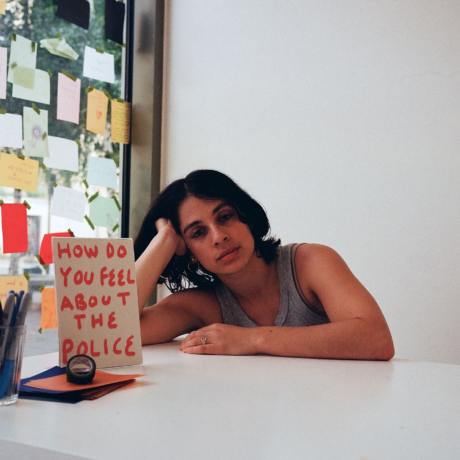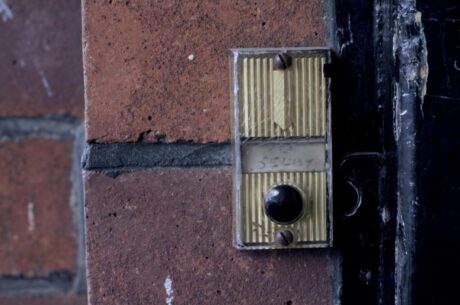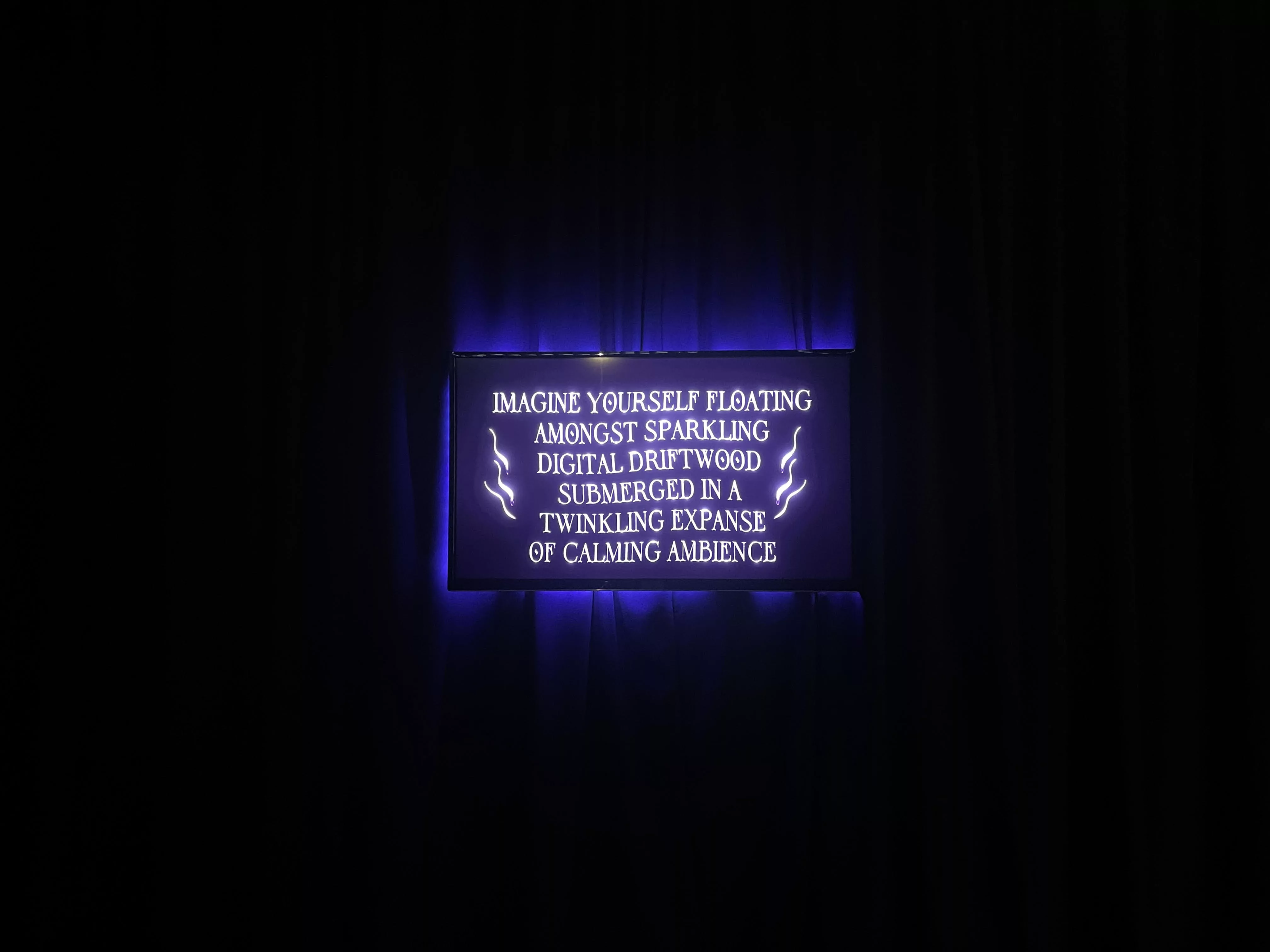
Confessions is a monthly column by Emily Pope. This month she speaks to Babeworld about the Tyler, the creator performance which has changed the way they approach their collaborative practice.
I’ve been thinking about how much I love memoir and all its sub-genres, more than that, how much I cling to memoir and the ‘personal is political’ cliché, and how this could be a trap. I read something by the poet CA Conrad, which explained their family history of factory work, as ‘thinking simultaneously of their own past and the future all day long whilst doing mind numbing repetitive tasks’, then the worker leaves the factory and comes into the present, only to find they are totally divorced from it. I wonder – is this in some way similar to my clinging to memoir? The working-class artist or writer has no time for elaborate world building and becomes an expert only in their own life, in their own relationship to (often past) economic situations, work and labour politics, and this becomes their currency and container… I haven’t completely worked this out, I still love the promise of someone experiencing something hard and making something great – it gives me hope.
Babeworld, who make work about their lived experience as an intersectionally disabled collective, began in 2019 as a collective for sex workers who were artists and interested in community development. Over time their collaborative practice expanded to explore themes of disability, race and queer and trans subjectivities. They host workshops, have a keen interest in football and Anime, make merchandise, run regular grants commissions, share a ‘healthy sceptisim’ for the art world, labour in general, and collectively ‘do not idolise the institution.’
Ash Williams (they/them), Gabriella Davies (she/her), Ingrid Banerjee Marvin (she/her), who make up the collective, have had, in my opinion, the two shows of the summer; Love is Real, and It’s Inside Of My Computer ft. sound work by Utopian Realism at Grand Union Gallery, Birmingham and No Sleep, Just Clouds at Level Arts Centre, Rowsley, both featuring film, installation and original soundscapes. Love is Real, and it’s Inside Of My Computer follows a neurodivergent character wanting to make new work, whilst simultaneously and comedically mapping the impacts of the demand: make new work.
I sat down (quite literally – on beanbags) with Ash, Gabi and Ingrid, in the middle of their show, to discuss the exhibition and a specific Tyler, the Creator Grammy performance of EARFQUAKE/ NEW MAGIC WAND, which changed the way they approach their collaborative practice.
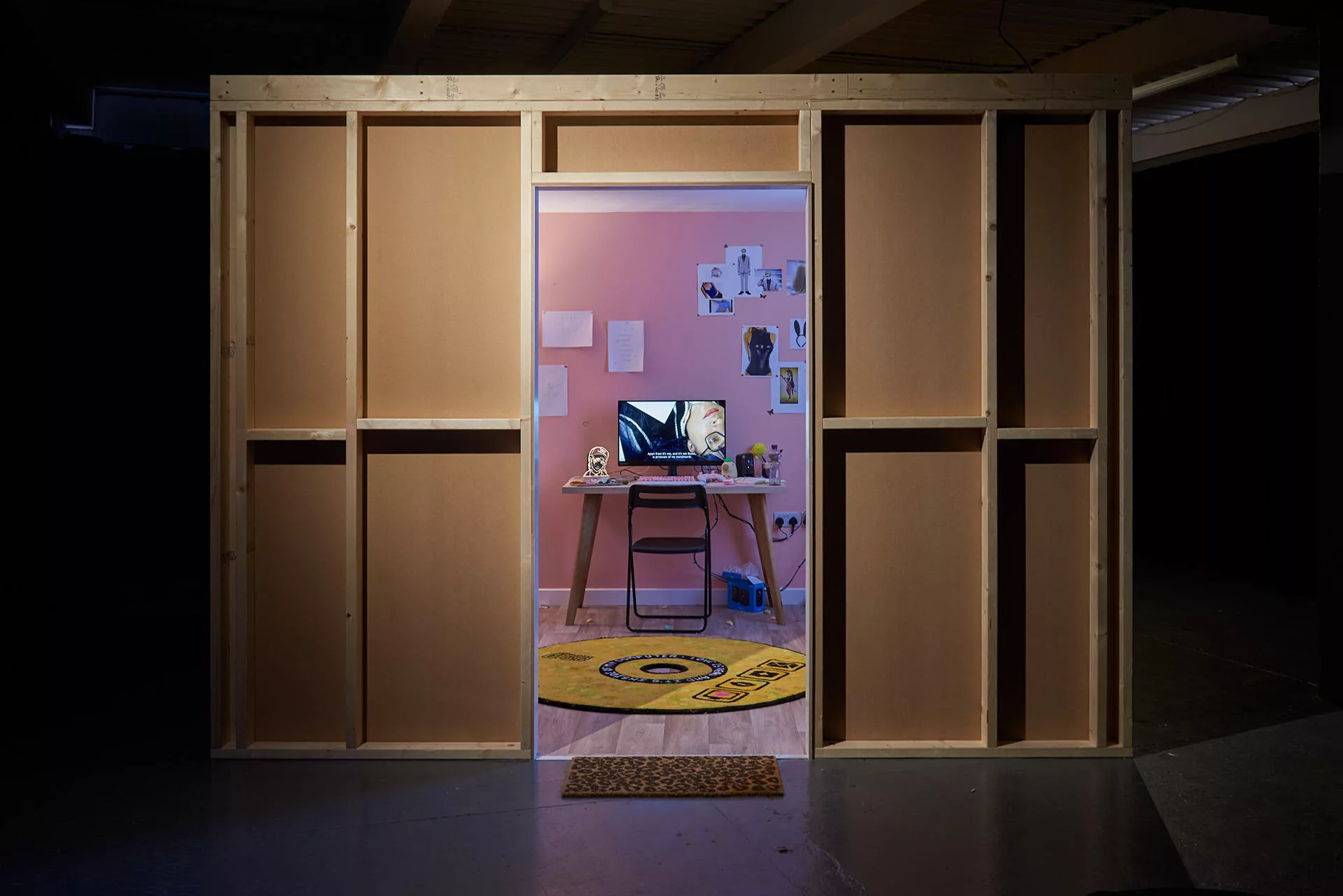
EP: Do you have something you want to confess?
BW: In 2020 we were all quite miserable, everyone was miserable; I was spending alot of my time picking up from my dealer, sitting in the same old dirty pajamas and rolling so many spliffs. Don’t worry – there’s two parts to this! The other part is we absolutely adore Grammy performances, when they come out every year we do a big event and watch together – probably in the same five-day-old pyjamas. In 2020 there was a Tyler, the Creator performance, it’s him on stage, and he just starts screaming and bouncing up and down, it’s one of the most unhinged things we’ve ever seen, someone losing their mind on the mainstage at the Grammys, and the audience is like – what’s going on? We watched this, and then had a moment when we realised we also wanted to make something that doesn’t feel like it’s trying to appease the general public. We’ve made alot of work about our trauma, and it got to a point that it was affecting the way we view ourselves, the fact that we were being valued by our trauma. We felt that we didn’t want to be in any situation for a single second where we weren’t enjoying ourselves! We want to make work about things we are interested in, not what people might have assumptions that someone with, for example, our specific marginalisation/s, might be interested in. Basically, it prompted a move away from trauma dumping!
EP: I think the trauma dump artwork is almost a rite of passage at this point, right? The protagonist, or the narrator of the show is a neurodivergent coded character, can you tell me more about this person? Are they based on all of you?
BW: It’s a combination of all of us in the middle of pure mania. We wanted to create a relatable character, someone who opens their mouth to speak and everything sounds pre-written, but everything also sounds very natural. It’s an amalgamation of all of us at our absolute worst (everyone laughs)! We use autofiction as a way to talk about a combination of all of our lived realities, this lets us explore our combined experiences without assuming that everyone faces identical things to us. There have been criticisms of auto-fiction as a ‘lazy’ or ‘self-indulgent’ way to tell stories. However, we think the growth of auto-fiction is partly because not everyone has the time and space to create complex, brand new worlds in their writing. Maybe they don’t want to? We’ve found a great creative space in exploring the everyday and mundane, and playing around with an ambiguous character feels full of possibility.
EP: I wanted to talk about contrast. The two rooms in your show act for me like a space for manic production, and a self soothing space. Could you talk to me about the clash or symbiosis between the two environments?
BW: When we made this we wanted it to look as art ™ as possible, do you know what I mean? We wanted someone to walk into the first room and be like, ‘this is ‘art’! This is ‘a gallery’! I am experiencing ART right now (all laugh). Taking the piss a bit; there’s a soundscape, black curtains, this looks like art. But we also wanted to create a holding space for the audience, because the next room is obviously a bit more intense. To give people a bit of breathing space. It’s very important to us that the work doesn’t feel overwhelming. We made an environment which would allow us to make the art we wanted to make.
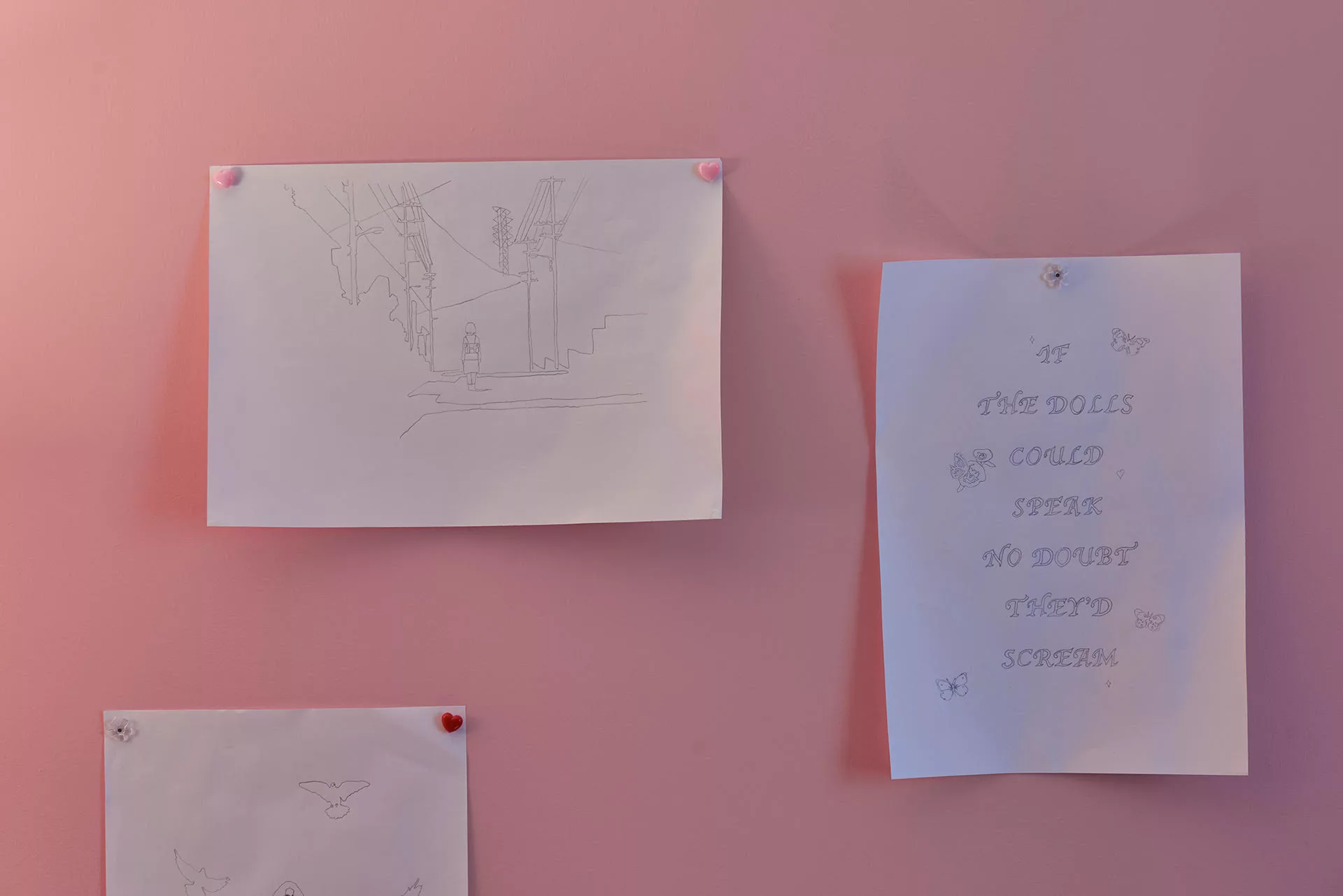
EP: I feel like there are two parodies, two piss-takes going on, a parody of contemporary art now, and in the room within the room, perhaps a parody of a Young British Artist confessional work – is that right?
BW: Haha – when we were making this, we were like, right, we’re making a piece that’s about making work, we’re making a piece about the expectations of making work, what can we make? A room within a room, that’s the most art thing! Everyone loves a room within a room! A shed, even!
EP: I think something that your exhibition does really well is to use nuanced, or, multiple kinds of humour at once. When you have all of these humours rubbing up alongside eachother against quite an earnest desire for change, within one environment, you get this multidimensional, panopticon experience of a scenario. And that’s what I like about the show! Obviously, you’ve had a great experience with Grand Union, so that’s a good blueprint, but, my last question is – if you could redesign the process of working with the artworld what would that look like?
BW: We want artists to have continued support over a number of years. We’ve had support from Hannah Wallis, co-director at Grand Union, over a period of two years, which has been so important. The second thing we would say immediately is that access provisions for shows are currently so limited. Some of the time it’s not people’s fault, funding cuts are happening, people have to continuously resubmit Arts Council bids, but access considerations do feel very last minute. Institutions aren’t often considering those who can’t leave their house, or captioning, or integrated audio description, etc. So we’d say we want galleries and institutions to have access provisions in their core values, so that they are there from the inception of a project. The first ever meeting we had with Grand Union, we were talking about access. Which was great. We want to see galleries support artists in making their work more accessible, instead of relying on the artist. We’d also like the infrastructure of the artworld to fundamentally change, so that there are longer lead times, ensuring artists are able to work on projects for much longer, instead of the pressure to constantly generate new ideas.
‘Love is Real, and it’s Inside Of My Computer’, by Babeworld X Utopian Realism was exhibited from 4 May – 3 August 2024 at Grand Union Gallery, Birmingham, and is viewable online until 8th September, with an audiodescribed walkthrough. Visit the show here.
Written by Emily Pope
